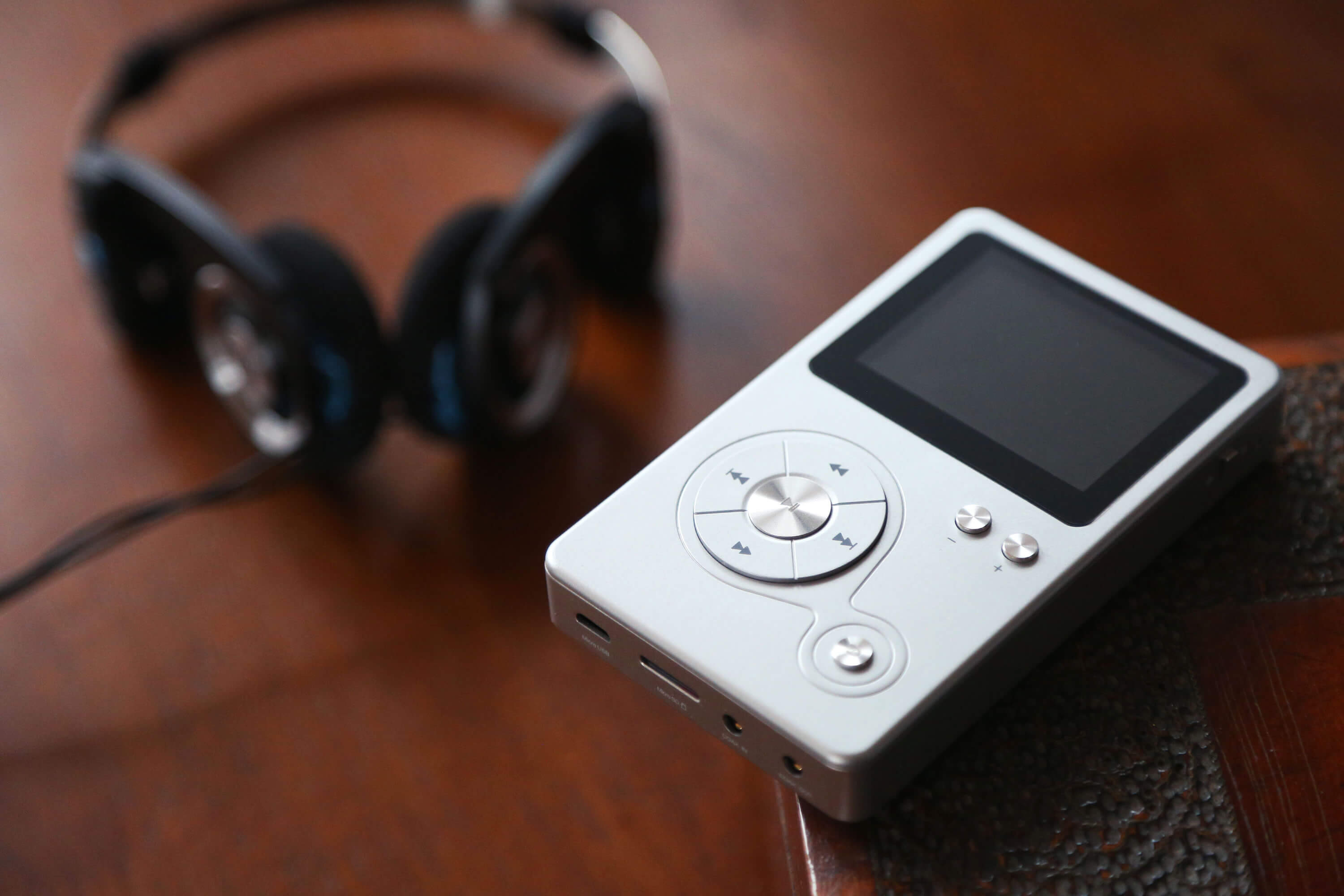
If your device supports gapless play, you should hear the tone fading in then fading out with no silence inserted in the middle. Set them up to play Part A immediately followed by Part B. Email me at and I’ll respond to your note with the two files attached.ĭownload both files and load them onto your MP3 player. In Part A, the tone fades in to its highest volume, and in Part B the tone starts at its highest volume and fades out (See Figure 1). I created two MP3 files consisting of five seconds of a 440 Hz tone each file is less than 200 KB. How would customers know if their MP3 players support gapless play? They probably wouldn’t, unless they had previously encountered gaps between transitioned or crossfaded tracks. (I will work with the customer to create an appropriate track name for a combined MP3 file, something better than “Side 2” but briefer than several concatenated track titles.) The customer gets to choose which route to take. If not, I will suggest combining transitioned or crossfaded tracks into a single MP3 file. When a customer wants MP3 files, I will ask if the customer’s players support gapless play. The only way around this anomaly is to manually edit the MP3 files after their creation, deleting the silence that the conversion process added. Consequently, while transitioned or crossfaded WAV files play with no perceivable gap, a very brief gap will be evident with converted MP3 files, even on MP3 players that support gapless play. Moreover, there is nothing in the MP3 metadata that indicates how long the added silence runs, information an audio player might have used to skip over the inserted silence.

(To give you an idea of the processing needed for gapless playback, a “fully loaded” ID3v2 tag can be as large as 256 MB, while a three-minute MP3 file is about 3.5 MB.)Īnother cause is that converting the original, lossless audio file (e.g., WAV) into a compressed, lossy format like MP3 adds a small amount of silence to the beginning and end of the track. The player needs to wade through the ID3 tag, and if it doesn’t look far enough ahead to begin buffering the next track’s audio data while the current track is still playing, you’ll hear a gap. Part of the problem stems from ID3v2 tags, which appear at the start of the file before the audio track begins (see Labeling MP3 Tracks: ID3 Tags). This is disruptive to the listening experience, if not outright irritating. If a continuous recording is split into tracks and converted to MP3 files, and those files are then played on a player that does not support gapless play, you’ll hear about a half second of silence between tracks. While many support gapless play, others do not, and therein lies a problem. Gapless playback is not a universal feature of audio player software, including MP3 players. CD players pretty much all support gapless play, and most CD burning programs provide an option for gapless play (sometimes invoked by not selecting the option to insert one or two seconds of silence between tracks). This of course is the desired state when one song immediately transitions into another, or when adjacent songs are crossfaded. Gapless playback, mentioned on the Our Services - and More page, is what happens when there is no perceivable silence between contiguous tracks.
PORTABLE LOSSLESS MUSIC PLAYERS WITH GAPLESS PLAYBACK HOW TO
Gapless Play & How to Test for It (December 2017)


 0 kommentar(er)
0 kommentar(er)
